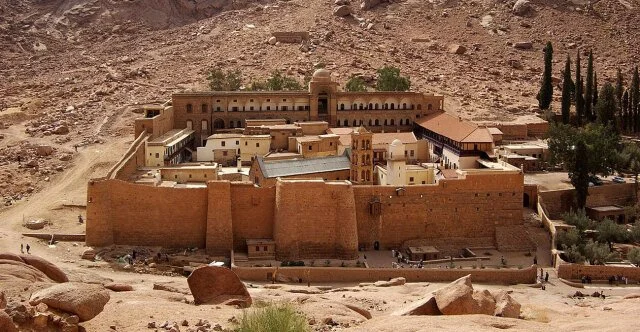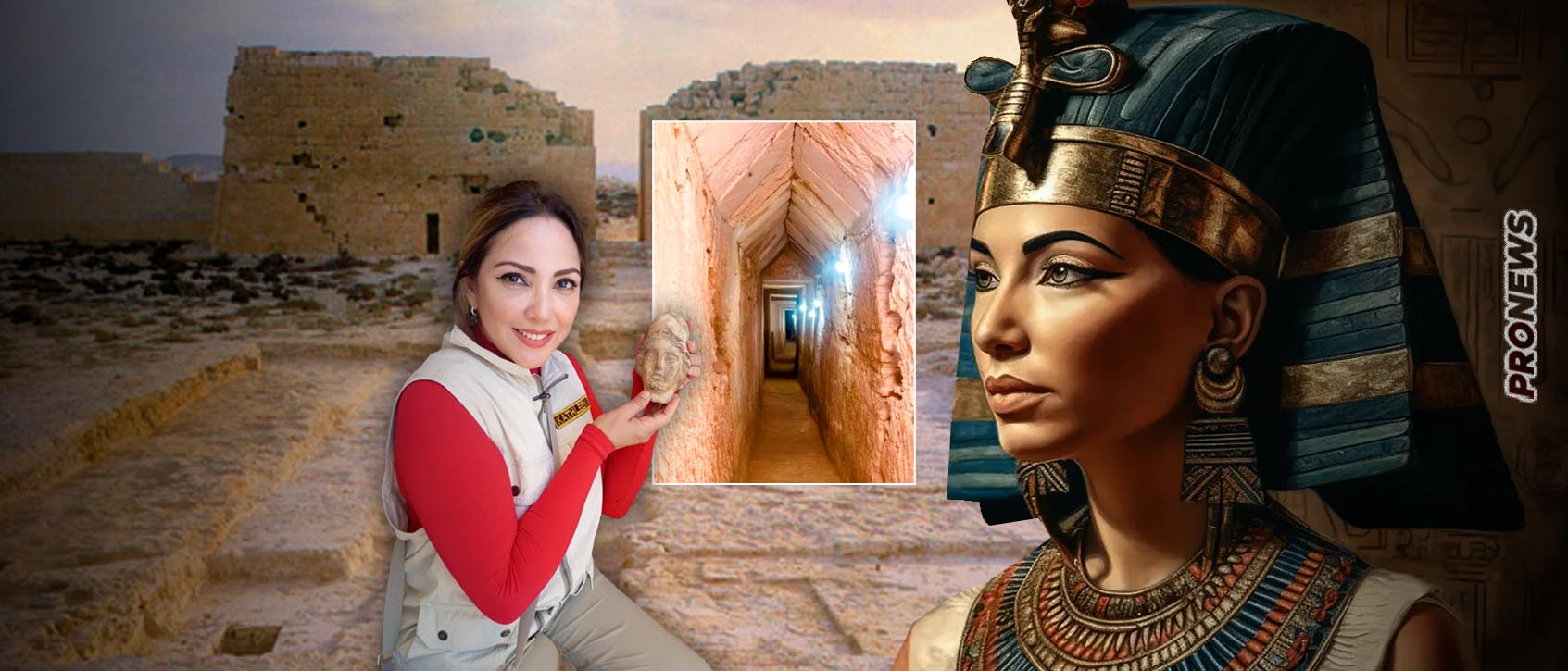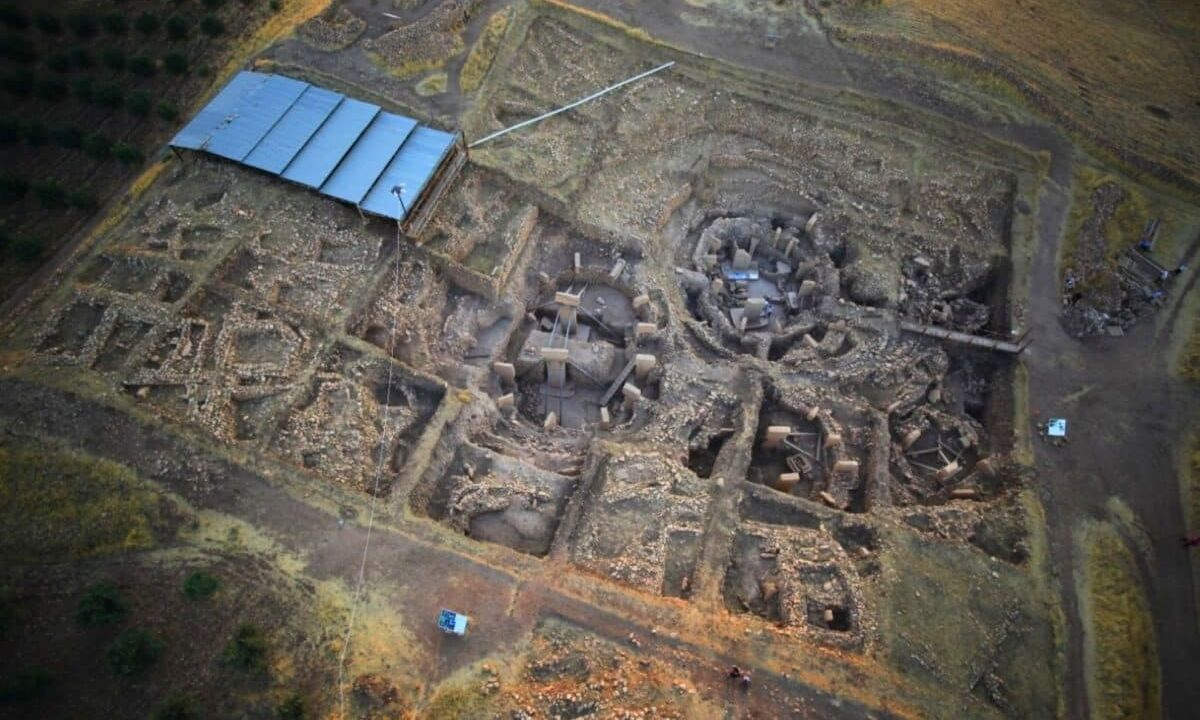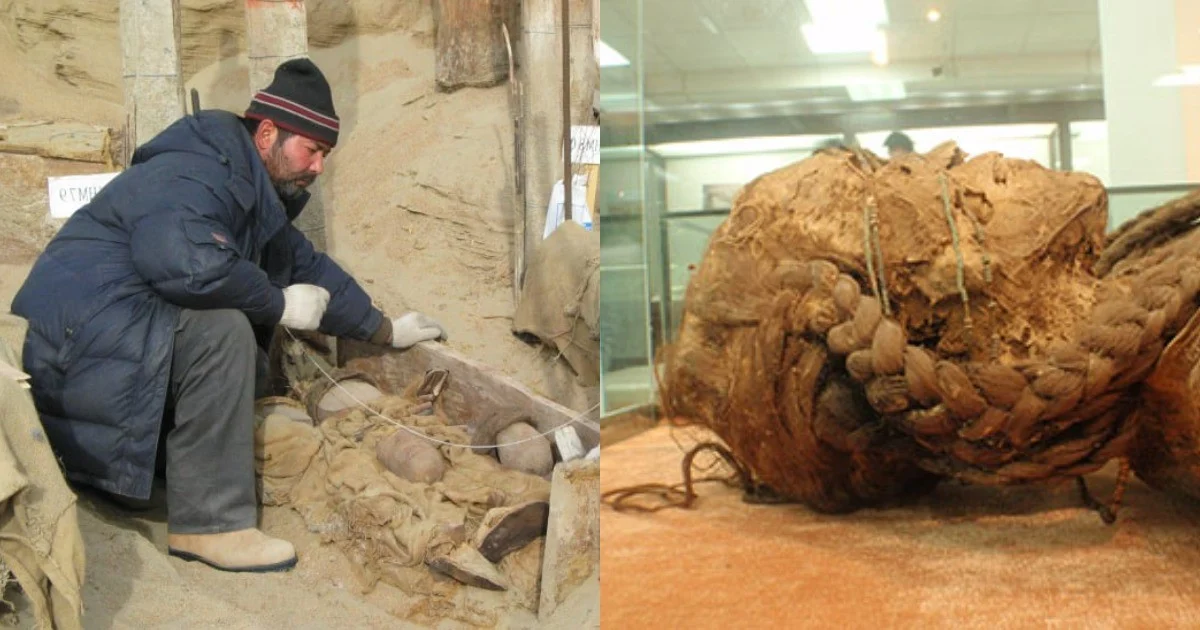Introduction Ancient Greece, known for its profound contributions to philosophy, art, and politics, also played a crucial role in shaping economic systems. Among its many innovations, the introduction and development of coinage stand out as pivotal. The drachma and obol, two prominent denominations, not only facilitated trade but also became symbols of economic power and cultural identity.
Origins of Greek Coinage Greek coinage began around the 7th century BCE, inspired by the neighboring Lydians, who are credited with minting the first coins. Early Greek coins were typically made of electrum, a naturally occurring alloy of gold and silver, and featured simple designs. As Greek city-states developed, they began minting their own unique coins, showcasing local deities, heroes, and symbols.
The Drachma: The Standard of Trade The drachma, meaning "to grasp" or "a handful," became the principal currency unit. Initially, it referred to a handful of six obols, thin metal rods used as early currency. Over time, the drachma evolved into a silver coin, with its value standardized across various city-states.
A single drachma held considerable value, often representing a day's wage for a skilled laborer. Its widespread use facilitated trade across the Mediterranean, making it a reliable medium of exchange from Athens to Egypt. Notably, Athenian "owl" tetradrachms (four-drachma coins) became one of the most recognizable and trusted currencies in antiquity.
The Obol: Small Change with Big Impact The obol, originally a measure of weight, later became a smaller denomination coin. Six obols equaled one drachma, making it ideal for everyday transactions. Obols were often used for purchases in local markets, paying artisans, or covering minor expenses.
Interestingly, obols played a role in religious and cultural practices. In Greek funerary tradition, an obol was placed in the mouth of the deceased to pay Charon, the ferryman of Hades, for passage across the River Styx.
Economic and Cultural Significance Greek coinage extended beyond mere currency; it was a tool of state propaganda and artistic expression. Coins often bore intricate designs reflecting civic pride, showcasing gods, goddesses, and iconic symbols. They also signified the political autonomy of city-states, each mint asserting its identity through unique iconography.
Moreover, the spread of Greek coins fostered economic integration across the Mediterranean. The drachma's stability and recognition facilitated international trade, allowing Greek merchants to thrive and expand their influence.
Legacy of Greek Currency The drachma's legacy endured long after the fall of ancient Greece. It influenced the currencies of Hellenistic kingdoms, the Roman denarius, and even modern monetary systems. The obol, though less influential, remains a testament to the complexities of ancient economies.
In contemporary Greece, the drachma remained the official currency until its replacement by the euro in 2002, echoing millennia of economic history.
Conclusion The drachma and obol were more than mere currency; they were embodiments of economic innovation, cultural identity, and artistic expression. Their impact resonated across the ancient world and left a lasting legacy that endures in modern economic thought and historical scholarship. Understanding these ancient currencies offers a glimpse into the ingenuity of Greek civilization and its profound influence on global economic systems.







